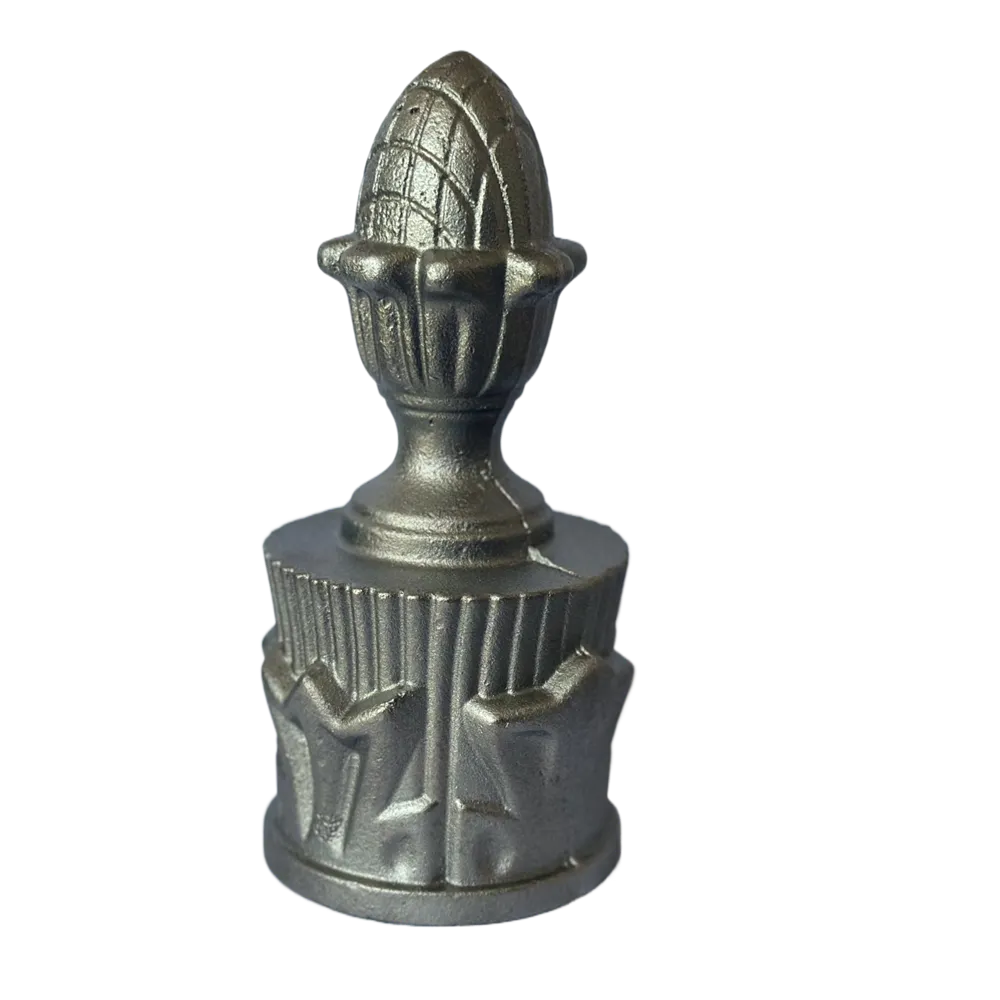wrought iron rust
The Intriguing History and Chemistry of Wrought Iron Rust
Wrought iron, known for its malleability, durability, and resistance to shattering, has been a crucial material in human civilization for centuries. From ancient tools to modern architecture, this versatile metal has played a significant role. However, one of the less glamorous aspects of wrought iron is its tendency to rust when exposed to moisture and air. Understanding wrought iron rust involves exploring its chemistry, prevention methods, and historical significance.
The Chemistry of Wrought Iron Rust
Rust is primarily composed of iron oxides, formed through the oxidation of iron in the presence of water and oxygen. The chemical reaction can be summarized as follows
4Fe + 3O₂ + 6H₂O → 4Fe(OH)₃
This reaction illustrates how metallic iron (Fe) interacts with oxygen (O₂) and water (H₂O) to form iron hydroxide. Over time, this compound can dehydrate to yield red iron oxide (rust). The process of rusting is not just a cosmetic issue; it affects the structural integrity of wrought iron.
Wrought iron contains minimal carbon, typically less than 0.08%, which differentiates it from cast iron. This low carbon content lends wrought iron its desirable properties but also affects how it reacts to environmental conditions. Unlike cast iron, which can develop a protective layer of carbon compounds, wrought iron is vulnerable to rust without proper treatment.
The History of Wrought Iron and Its Rusting
Historically, wrought iron has been utilized for various applications due to its strength and workability. The material was extensively used in construction, agriculture, and the manufacture of tools. However, the susceptibility of wrought iron to rust has been a concern since its inception.
The Romans were among the first to extensively use wrought iron for construction and tools, although they were not fully aware of the rusting process. Their structures, many of which still stand today, featured wrought iron components that have suffered varying degrees of degradation due to rust. The passage of time has shown us the importance of maintenance and protective measures, such as painting and galvanizing, to combat rust.
wrought iron rust

In the 19th century, engineers and architects began to recognize the crucial role that wrought iron played in the Industrial Revolution. Structures like bridges and railway tracks became commonplace, but the challenge of rust persisted. The introduction of protective coatings and advancements in metallurgy began to mitigate rusting issues, extending the lifespan of wrought iron structures.
Preventing Wrought Iron Rust
The prevention of rust is essential for maintaining the integrity of wrought iron structures. Several methods can be employed
1. Coatings Applying paint or a protective oil layer can significantly reduce moisture exposure. Galvanization, where iron is coated with zinc, is another effective method that offers long-term protection against rust.
2. Regular Maintenance Routine inspections can help identify early signs of rust, allowing for prompt treatment. Removing rust with wire brushes or sandblasting, followed by repainting, can prevent further corrosion.
3. Environmental Control Reducing exposure to moisture and pollutants can prolong the life of wrought iron. For example, using stainless steel fasteners in conjunction with wrought iron can help mitigate rusting in construction.
4. Innovative Alloys Recent advancements in metallurgy have led to the development of wrought iron alloys that exhibit greater resistance to rusting. These modern materials are designed to retain the desirable characteristics of wrought iron while improving durability.
Conclusion
Wrought iron, with its rich history and remarkable properties, has shaped the course of human innovation. Although its tendency to rust poses challenges, understanding the mechanisms behind this process has led to effective preventive strategies. As we move forward, the challenge remains to balance the preservation of historical wrought iron artifacts and structures while embracing new technologies to enhance their longevity. The study of wrought iron rust is a testament to our ongoing relationship with materials and the importance of protecting our industrial heritage.
-
Wrought Iron Components: Timeless Elegance and Structural StrengthNewsJul.28,2025
-
Window Hardware Essentials: Rollers, Handles, and Locking SolutionsNewsJul.28,2025
-
Small Agricultural Processing Machines: Corn Threshers, Cassava Chippers, Grain Peelers & Chaff CuttersNewsJul.28,2025
-
Sliding Rollers: Smooth, Silent, and Built to LastNewsJul.28,2025
-
Cast Iron Stoves: Timeless Heating with Modern EfficiencyNewsJul.28,2025
-
Cast Iron Pipe and Fitting: Durable, Fire-Resistant Solutions for Plumbing and DrainageNewsJul.28,2025
-
 Wrought Iron Components: Timeless Elegance and Structural StrengthJul-28-2025Wrought Iron Components: Timeless Elegance and Structural Strength
Wrought Iron Components: Timeless Elegance and Structural StrengthJul-28-2025Wrought Iron Components: Timeless Elegance and Structural Strength -
 Window Hardware Essentials: Rollers, Handles, and Locking SolutionsJul-28-2025Window Hardware Essentials: Rollers, Handles, and Locking Solutions
Window Hardware Essentials: Rollers, Handles, and Locking SolutionsJul-28-2025Window Hardware Essentials: Rollers, Handles, and Locking Solutions -
 Small Agricultural Processing Machines: Corn Threshers, Cassava Chippers, Grain Peelers & Chaff CuttersJul-28-2025Small Agricultural Processing Machines: Corn Threshers, Cassava Chippers, Grain Peelers & Chaff Cutters
Small Agricultural Processing Machines: Corn Threshers, Cassava Chippers, Grain Peelers & Chaff CuttersJul-28-2025Small Agricultural Processing Machines: Corn Threshers, Cassava Chippers, Grain Peelers & Chaff Cutters












